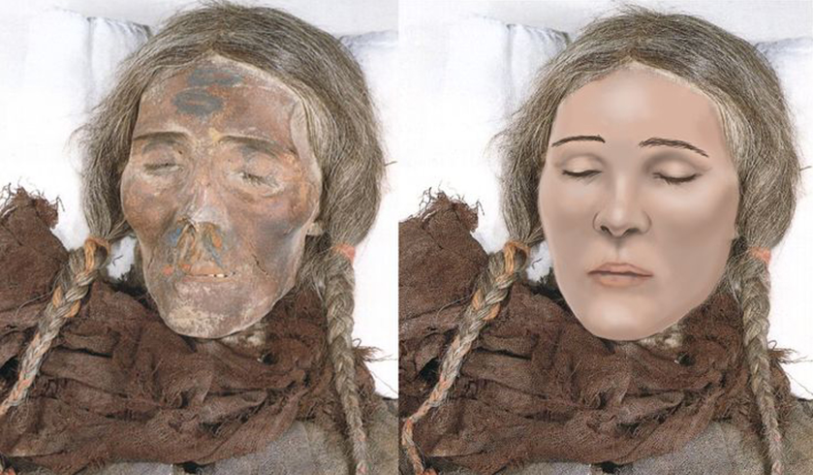Scientists found traces of a previously unknown, long-extinct human species hidden in the DNA of today’s Melanesians. Melanesia is an area in the South Pacific Ocean to the northeast of Australia that includes the countries of Vanuatu, the Solomon Islands, Fiji, and Papua New Guinea as well as some islands belonging to other nations.
The two ancient hominid species whose DNA traces scientists expected to find were the Neanderthals and Denisovians. But the results of the study showed something else.
“We’re missing a population, or we’re misunderstanding something about the relationships,” said Ryan Bohlender, a statistical geneticist from the University of Texas to Science News.
Dendias stresses need for withdrawal of foreign forces from Libya
“Does Greece want a war?”, retired Turkish admiral wonders
The goal for the researchers was to investigate how much ancient DNA we carry today. There was a period between 100,000 and 60,000 years ago when several kinds of hominid ancestors intermingled as one group left Africa and met another living in Eurasia. What the scientists realized is that there could have been people other than Neanderthals or Denisovans involved that we have not yet identified.
We still carry some percentage of the ancient hominid DNA within us, with Europeans and Asians having about 1.5 to 4% Neanderthal DNA. Some of that heritage has actually resulted in various health issues. What’s unusual is that the DNA of the Melanesians has about 1.11% of Denisovian DNA, an amount higher than in other groups. It is also different from the amount of 3% estimated by other studies. Studying this incongruity led the scientists to conclude that another, third group of people, bred with early Melanesians.
Read more: Big Think








































